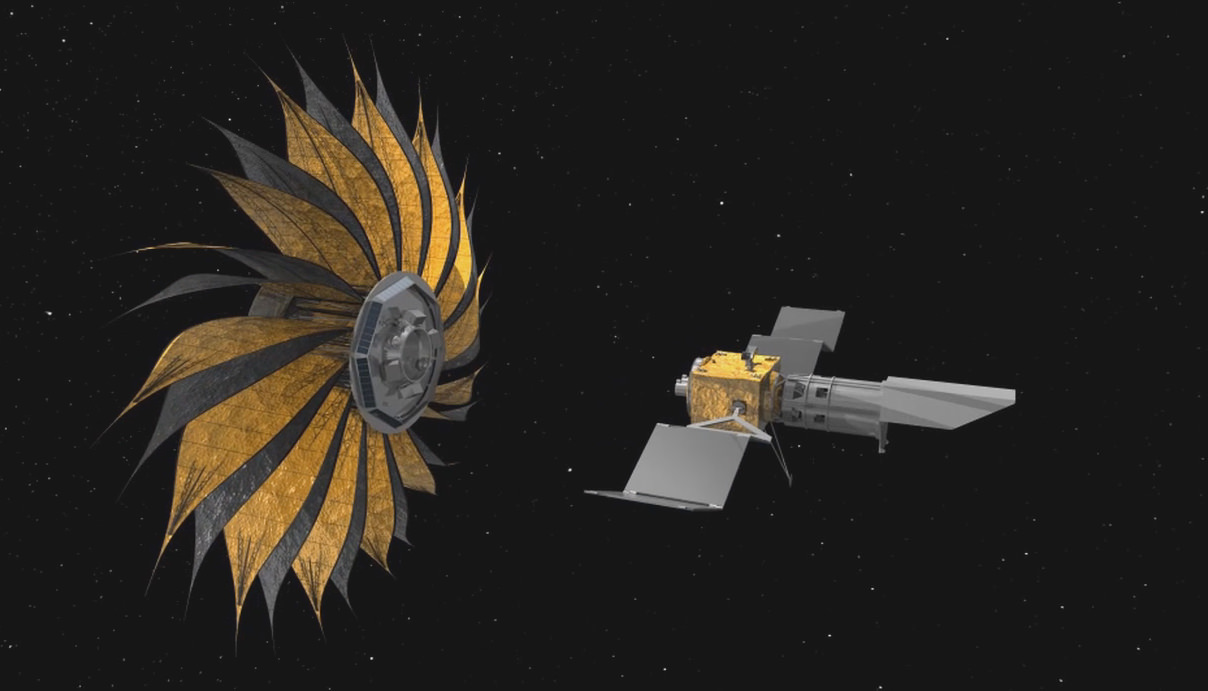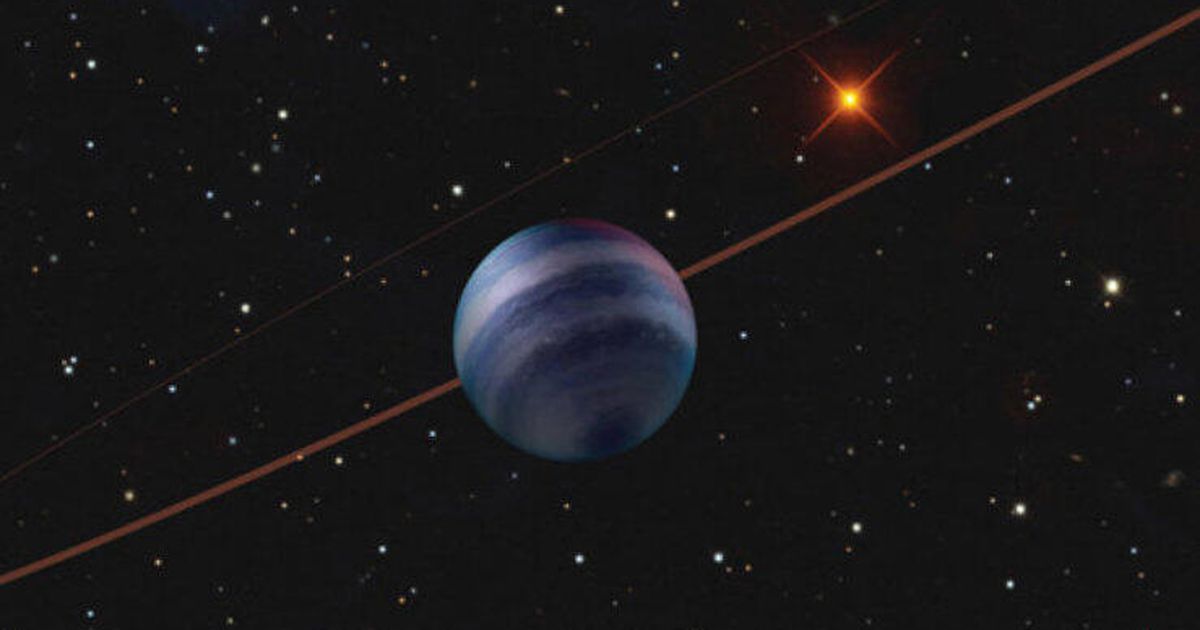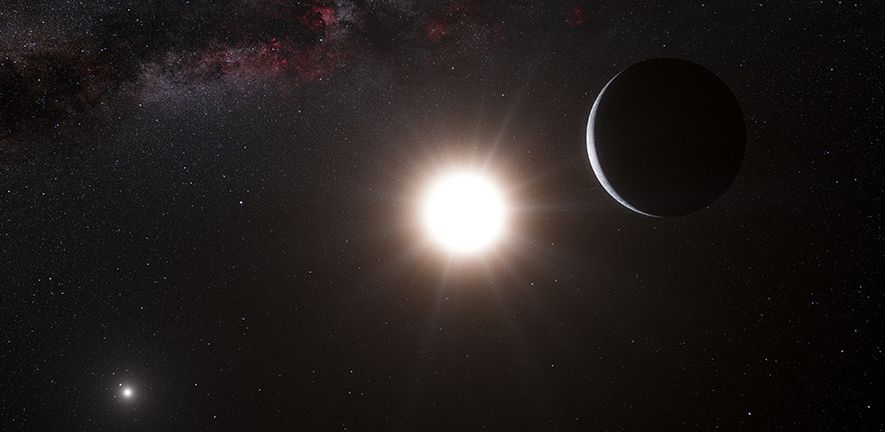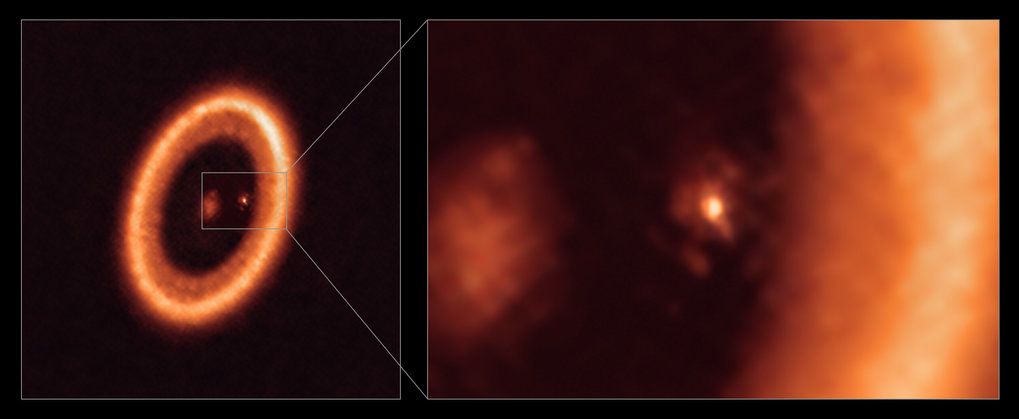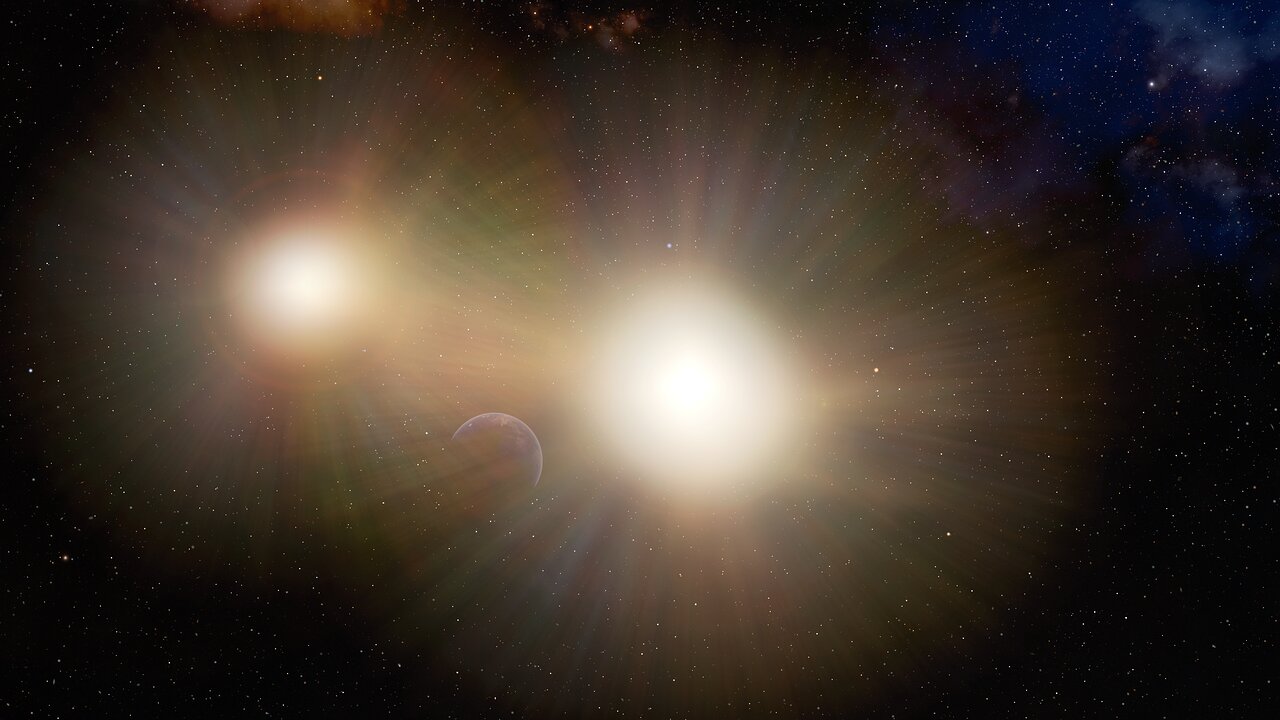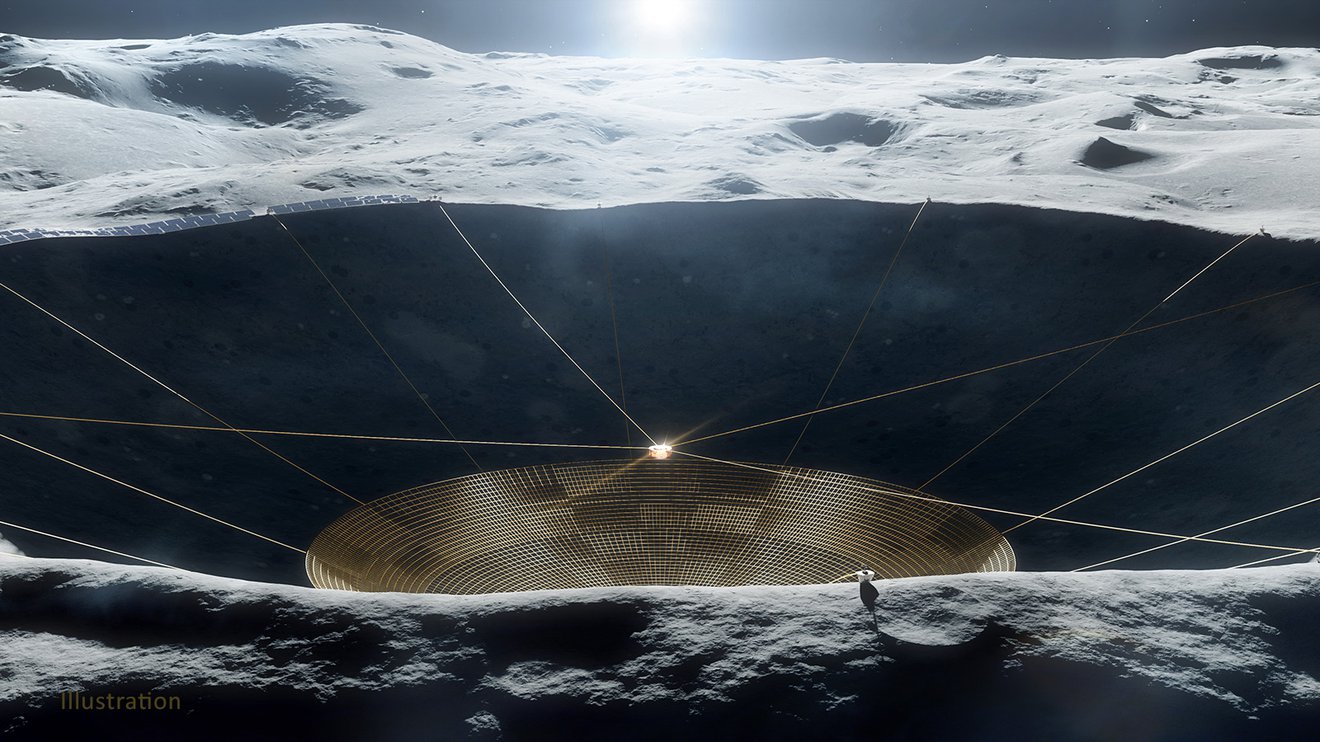We’d love to find another planet like Earth. Not exactly like Earth; that’s kind of ridiculous and probably a little more science fiction than science. But what if we could find one similar enough to Earth to make us wonder?
How could we find it? We progress from one planet-finding mission to the next, compiling a list of planets that may be “Earth-like” or “potentially habitable.” Soon, we’ll have the James Webb Space Telescope and its ability to study exoplanet atmospheres for signs of life and habitability.
But one new study is focusing on exomoons and the role they play in a planet’s habitability. If we find a Moon-like exomoon in a stable orbit around its planet, could it be evidence that the planet itself is more Earth-like? Maybe, but we’re not there yet.
Continue reading “A New Way to Search for Exomoons”

